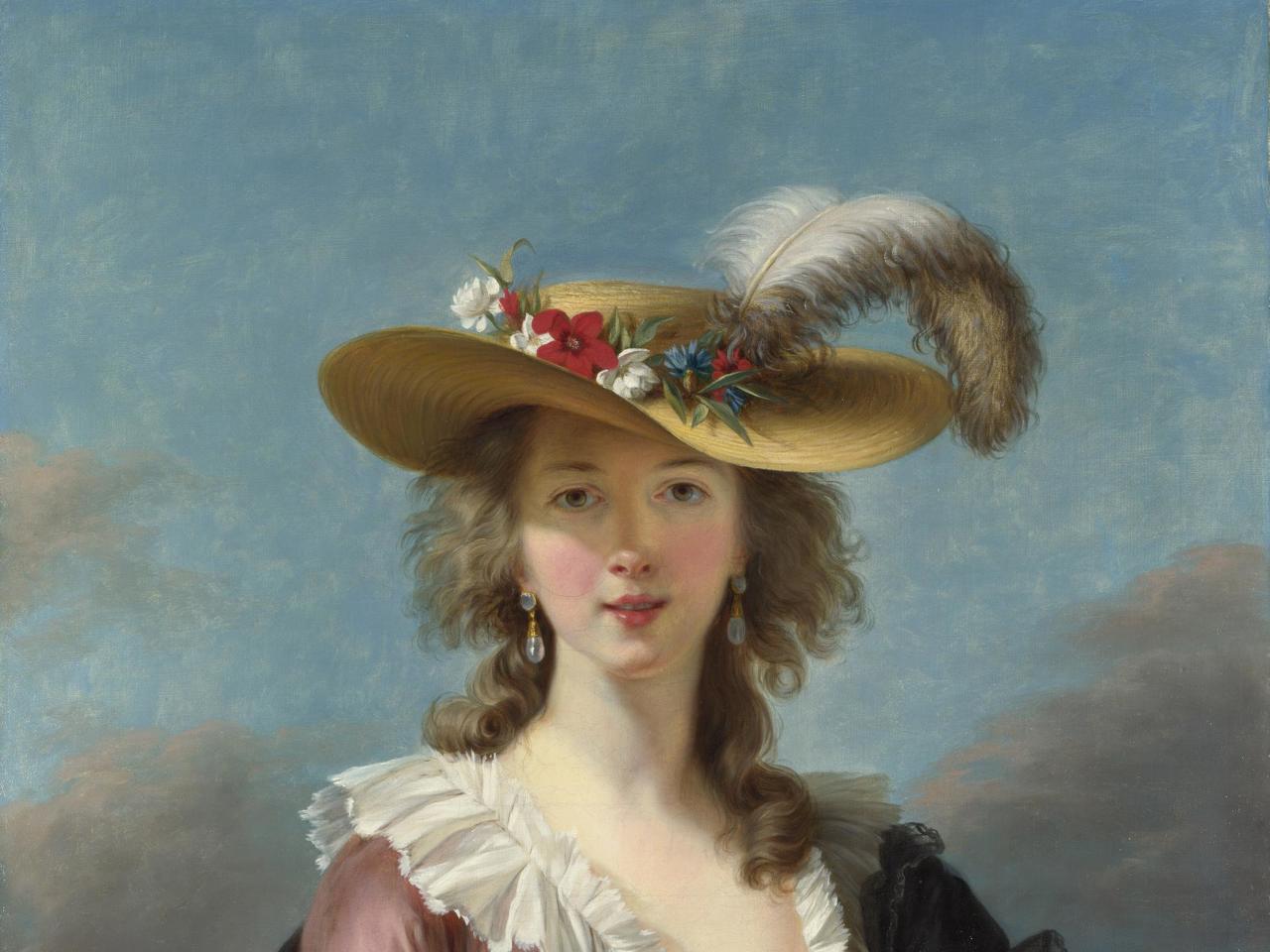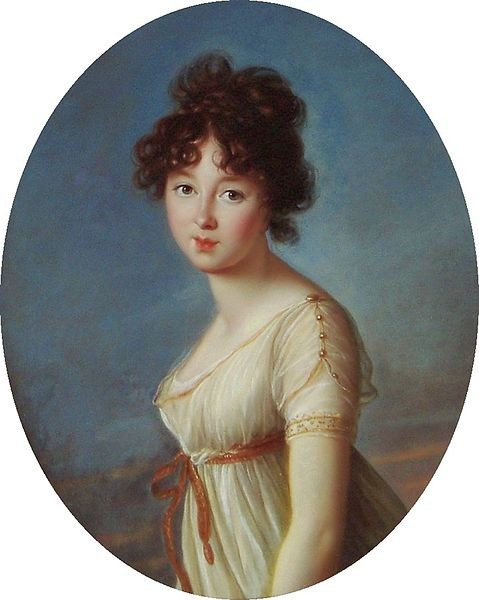Laura Knight in 5 Paintings: Capturing the Quotidian
An official war artist and the first woman to be made a dame of the British Empire, Laura Knight reached the top of her profession with her...
Natalia Iacobelli 2 January 2025
Élisabeth Vigée Le Brun and women in her portraits should be a reference for every art-lover. The French painter – also known as Madame Le Brun – is considered to have placed her style somewhere between that of a Rococo and Neoclassical artist. As the daughter of an artist, the talent for painting was seemingly in her blood. Already as a teenager, she was recognized for her aptitude and soon began portraying famous people, having learned from masters such as Gabriel François Doyen, Jean-Baptiste Greuze, and Joseph Vernet.

King Louis XVI of France invited the 23-year-old artist to Versailles, where she began portraying Marie Antoinette, becoming her favorite portraitist for over ten years. During a six-year period, Élisabeth Vigée Le Brun created more than 30 paintings of the queen and her family, becoming the official painter of the royal family almost until their demise during the French Revolution. Thanks to the artist’s delicate paintings, Marie Antoinette was able to promote an image of herself as a loving wife and mother, having been accused by critics of sexual infidelity, claims which appear to be substantiated by contemporary research.

Amongst the figures in hundreds of paintings by Élisabeth Vigée Le Brun, we can also see other royalty, writers, and influential people of the late 18th and early 19th centuries from around Europe, as she was forced to work in exile from France for many years after the revolution. Famous subjects included Poland’s last king, Stanisław August Poniatowski, as well as Aniela Radziwiłłówna and Helena Potocka. She also portrayed Comtesse de la Châtre and Princess Ana Gruzinsky-Golitsyna.









The women in her paintings are quite idealized. All look blossoming and beautiful, introduced to the public in rich colors. More than 650 portraits and 200 landscapes painted by Élisabeth Vigée Le Brun survive.
In 2015 Arnaud Xainte directed a movie about the great French painter called Le fabuleux destin de Élisabeth Vigee Le Brun. Fortunately, the entire movie is available online and you can watch it below:
DailyArt Magazine needs your support. Every contribution, however big or small, is very valuable for our future. Thanks to it, we will be able to sustain and grow the Magazine. Thank you for your help!